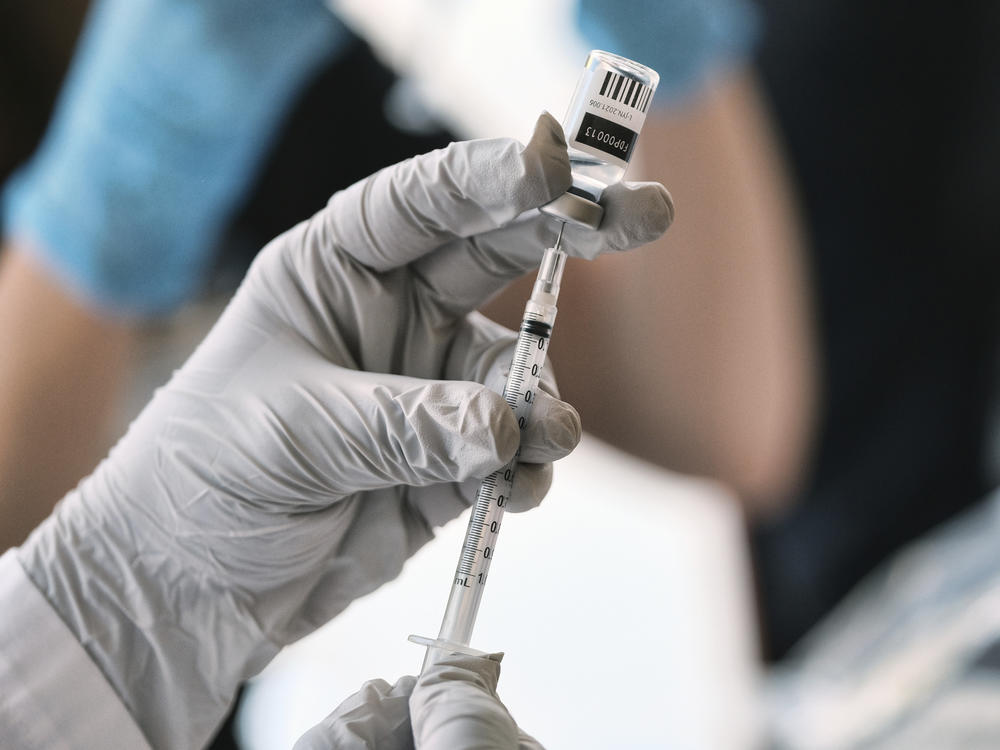Section Branding
Header Content
How to keep your pets safe from monkeypox — and what to do if they get it
Primary Content
Monkeypox, which has more than 11,800 cases in the current U.S. outbreak, affects humans with symptoms such as fever and rash.
But the virus is zoonotic, meaning it is spread between animals and humans — and yes, you can give it to your pets, and vice versa. (However, there are currently no reports in the U.S. of the virus being passed from humans to animals.)
Monkeypox can be transmitted between you and your furry friend through close contact, which includes cuddling, hugging, kissing, licking and sharing sleep areas and food.
Animal carriers of the virus include various rodents, dogs, primates, hedgehogs and shrews, according to the Centers for Disease Control and Prevention.
What to do with your pet if you get monkeypox
If the person who contracts monkeypox has not had close contact with pets after showing symptoms, ask friends or family members in a separate household to take care of your pet until the person recovers.
Thoroughly disinfect your home before bringing your pet back in.
If the pet has had close contact with the infected person, the pet should be isolated from animals and other people for 21 days after the most recent exposure. Though, the infected person should not be the one to care for the exposed pet, the CDC says.
If there are no other options and the human who has contracted the virus must take care of the pet, that person should:
- Wash their hands, or use an alcohol-based hand sanitizer before and after caring for them
- Cover any skin rash as much as possible by wearing long sleeves and pants
- Wear gloves and a mask or respirator while tending to the pet
What you shouldn't do with your pet if you get monkeypox
If you contract monkeypox, there are several things you should avoid doing:
- Avoid close contact when possible.
- Do not surrender, euthanize, or abandon pets due to the exposure or contraction of monkeypox.
- Do not wipe or bathe your pet with chemical disinfectants, alcohol, hydrogen peroxide, hand sanitizer, counter-cleaning wipes, or other industrial or surface cleaners.
- Do not put a mask on your pet.
- Do not expose animals to rashes, bandages, and body fluids.
What if your pet gets monkeypox?
The CDC said it does not currently know all the symptoms animals can display, though there are some changes pet owners should look out for, such as:
- Fatigue
- Lack of appetite
- Coughing
- Nasal secretions or crust
- Bloating
- Fever
- Pimple or blister-like skin rash
Additionally, contact a veterinarian if an animal shows signs of infection within 21 days of being exposed to the virus. A vet can test it and help notify state officials.
If your pet begins showing symptoms, it must isolate from other animals and minimize human contact for at least 21 days.
When caring for a sick animal, wash your hands frequently and use personal protective equipment (PPE) such as eye protection, a mask or respirator, gloves and a disposable gown.
If a gown is not available, use long sleeved clothing. Remove and wash all clothing after exposure to the animal and its belongings. Remove all PPE when done caring for the pet.
Pet waste should be kept in a dedicated, lined trash can and should not be left or thrown outside, as it can increase the risk of the virus spreading to other animals.
Items that come into contact with the pet must be properly disinfected.
Copyright 2022 NPR. To see more, visit https://www.npr.org.

